Enjoy February at Kew Gardens and Wakehurst
Release date: 23 January 2024
- Kew Gardens’ annual Orchid festival returns, inspired by Madagascar
- Critically acclaimed exhibition Mat Collishaw: Petrichor continues at the Shirley Sherwood Gallery of Botanical Art
- Young Botanical Artists exhibition at Kew Gardens showcases stunning illustrations of the natural world
- International Garden Photographer of the Year exhibition returns to Kew Gardens
- Coming soon: Sounds of Blossom at Kew Gardens
- At Wakehurst, the Winter Garden continues to be a centrepiece in late winter, whilst early signs of spring appear
Kew Gardens
Orchid festival 2024 | Pre-booking essential
Kew Gardens’ much-loved Orchid festival returns for 2024, taking over the Princess of Wales Conservatory from 3 February - 3 March. Kew’s 28th Orchid festival draws inspiration from the unique flora and fauna of Madagascar, the world’s fourth largest island and home to Kew’s third research site, the Kew Madagascar Conservation Centre. Madagascar’s lush rainforests, tropical dry forests and over 3,000 miles of coastline will be reflected in an extravaganza of themed floral displays and living installations, transforming the Princess of Wales Conservatory into a colourful celebration which never fails to brighten up the winter months.

Petrichor by Mat Collishaw | Entry included in admission
Continuing in the Shirley Sherwood Gallery of Botanical Art at Kew Gardens, Petrichor is a new, critically acclaimed exhibition of work from celebrated contemporary artist Mat Collishaw. Drawing on an array of evocative imagery from the natural world, this spectacular exhibition features sculptural installations using a variety of pioneering techniques to explore the relationship between the natural world, art history, and how representations of nature in art can impact the way in which we see the world around us.
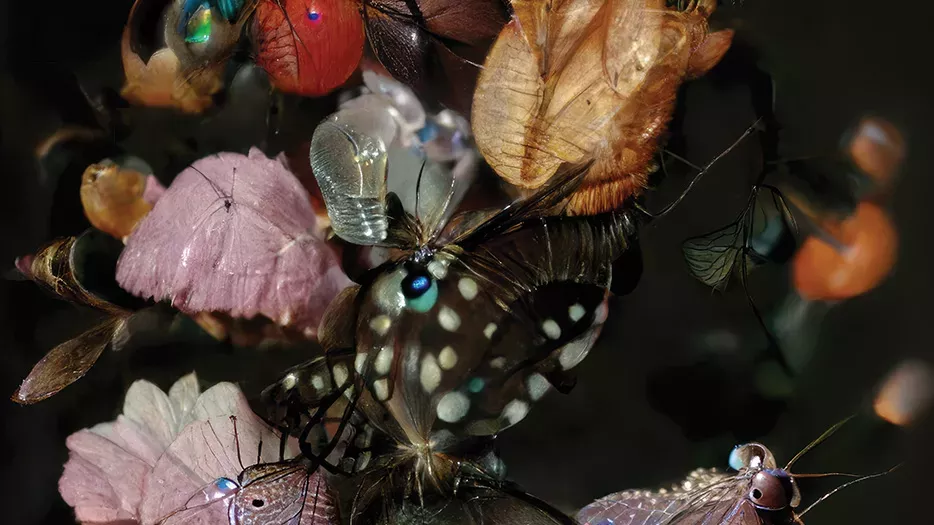
Kew’s new Winter Garden
In 2022, the Horticulture team began the restoration of a forgotten corner of Kew to offer something for visitors in all seasons. A winding gravel trail takes visitors through plantings of hardy winter seasonal specimens, to a vista at the base of an old concrete footing that once supported a 300ft flag pole. From here, the Temperate House and Great Pagoda can be seen in the distance, while multi-sensory plantings with bold colours, interesting textures and rich fragrance fill the immediate space. The view is enhanced by the sweet smelling winter perfumes of Chimonanthus, Daphne, Edgeworthia, winter flowering cherry, Sarcococca, Viburnum, and enlivened with the colourful stems of the Cornus species; orange, red, purple and bright green, the calm white of the birch stems and delicate pink of the Rubus ‘Goldenvale’.
From the middle of February, a carpet of purple will fill the landscape at the base of the Winter Garden, with 13,000 new crocus bulbs bursting into bloom.

Horticultural Highlights
As well as winter highlights across Kew Gardens, visitors can enjoy the spectacular Rock Garden, featuring early spring plants including snowdrops and narcissus. Elsewhere, hellebores and winter aconites offer colourful splashes of winter interest.
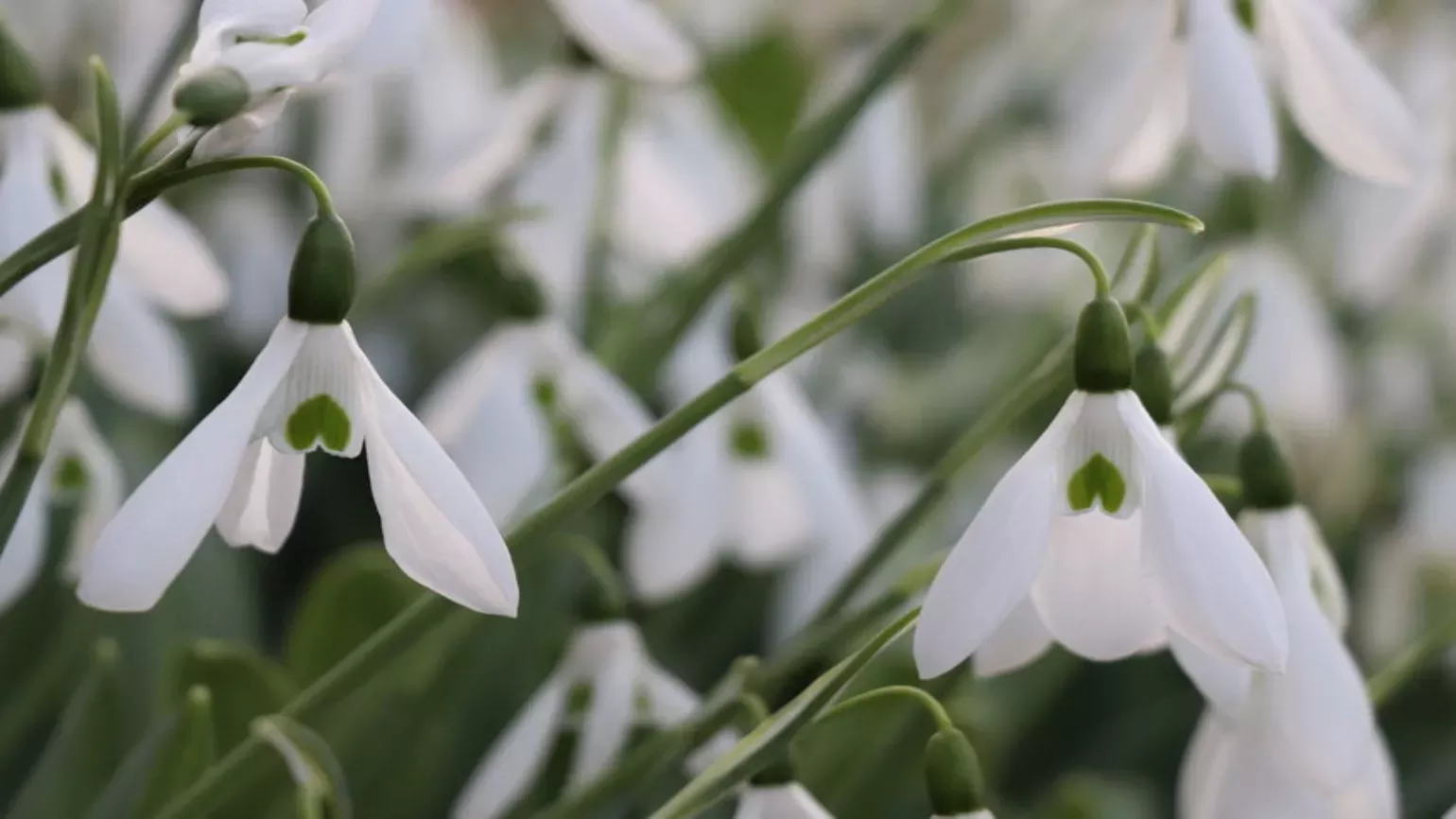
International Garden Photographer of the Year
The launch exhibition of the 17th International Garden Photographer of the Year (IGPOTY) competition will return to Kew Gardens this coming February. Running from Saturday 3 February – Sunday 10 March, the exhibition will launch at Kew and will feature a curated selection of higher placed winning photographs that were entered into Competition 17 in 2023. Categories on display include returning favourites, such as ‘The Beauty of Plants’, ‘Beautiful Gardens’, ‘Trees, Woods, and Forests’, and ‘Wildlife in the Garden’.

Kew Publishing Book of the Month | Growing Orchids at Home (2nd edition) by Manos Kanellos & Peter White
The only book you need for growing orchids at home. An authoritative and detailed guide to caring for orchids in the home – the result of experience, continuous experimentation and extensive research by expert authors. All common types of orchids are covered. This book provides all the necessary information in a way which is easy to understand, with over 100 unique, purpose-taken pictures. It includes a section with answers to the most common orchid care questions, and a photographic guide to signs, diagnosis and treatment for bringing ailing orchids back to health.

Young Botanical Artist Exhibition | Entry included in admission
Until April, Gallery 6 of Kew Gardens’ Shirley Sherwood Gallery of Botanical Art will showcase 50 shortlisted artworks from the inaugural Young Botanical Artist Competition. Created by The Shirley Sherwood Collection in collaboration with Royal Botanic Gardens, Kew, the competition was open exclusively to entrants aged 16-25, and offers a unique opportunity for the next generation of botanical artists to showcase their work in a gallery setting.

Short Courses
Why not learn new skill and sign up for a short course at Kew? Led by a selection of experts, these one-day courses offer unique opportunities to develop fresh skills within the stunning surroundings of Kew’s UNESCO World Heritage Site.
Plant propagation | 20 February | 10.30am – 4pm | Cambridge Cottage
Come and learn how to propagate vegetables, shrubs, herbaceous plants, house plants and all types of bedding. This course will provide a helpful introduction to the various methods you can use to increase your plant numbers. We will discuss the time of year when cuttings should be taken or seeds sown, types of pots required and suitable compost to use.
Botanical watercolour: Intermediate | 13 – 15 February | 10.30am – 4pm | Botanical Brasserie’s Restaurant Courtyard
In this new three-day course, botanical artist Lucy Smith will teach you expert watercolour techniques. For those with some prior knowledge of basic botanical watercolour techniques, we will once again explore watercolour mixing and colour matching, seeing tones and understanding colour saturation, and the use of watercolour application techniques such as dry-brush and lifting.
Pruning | 19 February | 10.30am – 4pm | Cambridge Cottage
Have you ever wondered how to prune your woody plants in the garden? If yes, then this is the course for you! The course will discuss pruning tools, the main pruning groups used when pruning shrubs and practical demonstrations will be carried out to show how to make proper pruning cuts and the type of material to remove on commonly grown species.
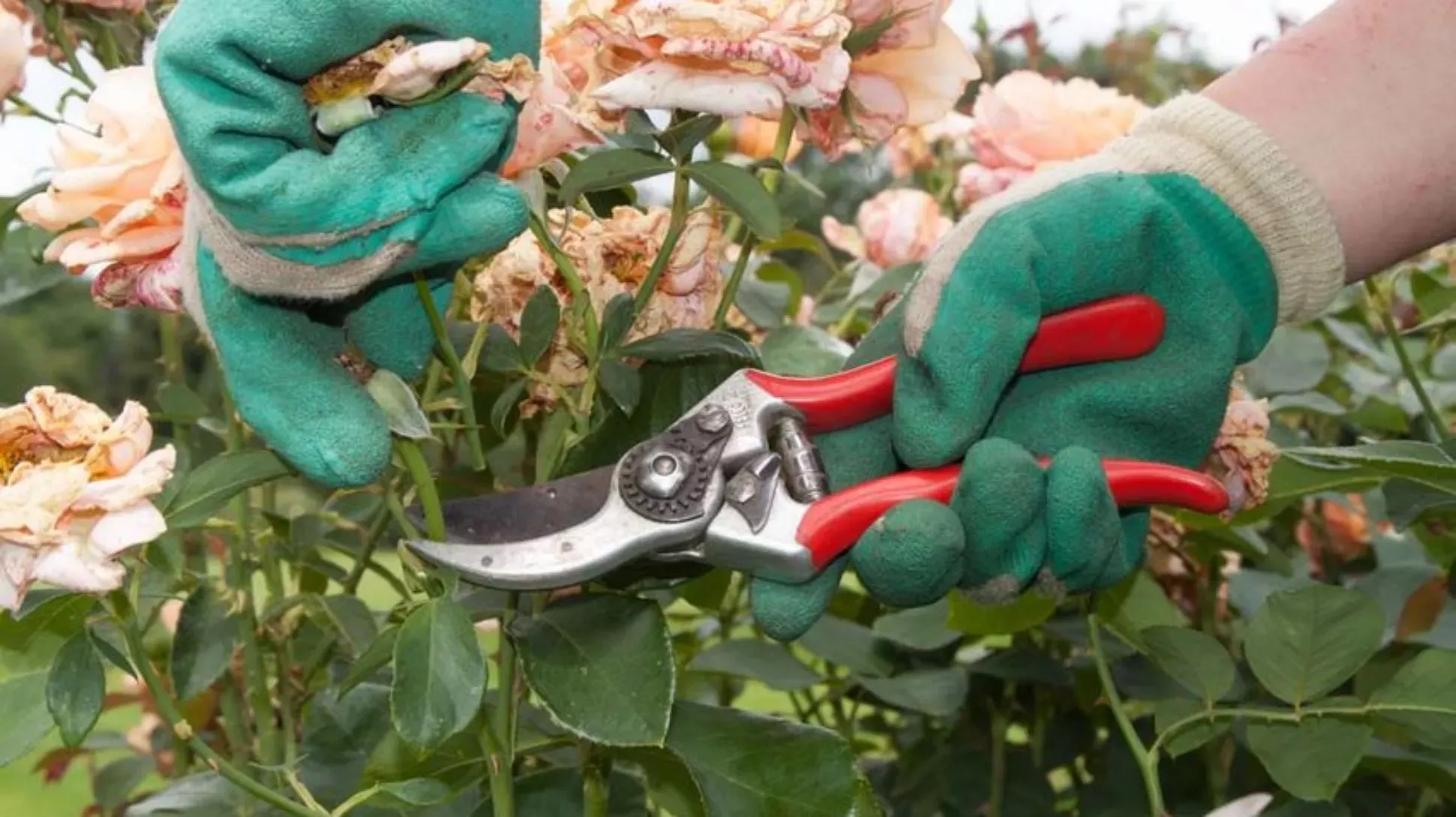
Orchids After Hours | 9, 10, 16, 17, 23 and 24 February | Pre-booking required
Discover a new side to Kew at Orchids After Hours. Enjoy exclusive after-dark access to the tropical paradise of the Princess of Wales Conservatory as we celebrate Madagascar. Wander among the vibrant displays of colourful orchids beautifully lit, while enjoying food, drink, music and talks.

Coming Soon: Sounds of Blossom
Springtime at Kew is packed with a wide variety of visitor programming this year, including a brand-new festival celebrating the beauty of spring flowers through music. Immerse yourself in Sounds of Blossom between Friday 23 March and Sunday 14 April, created in partnership with the Royal College of Music. Sounds of Blossom will feature six bespoke musical compositions embedded into the landscape, offering a unique sensory experience around Kew’s cherry blossom and magnolias.
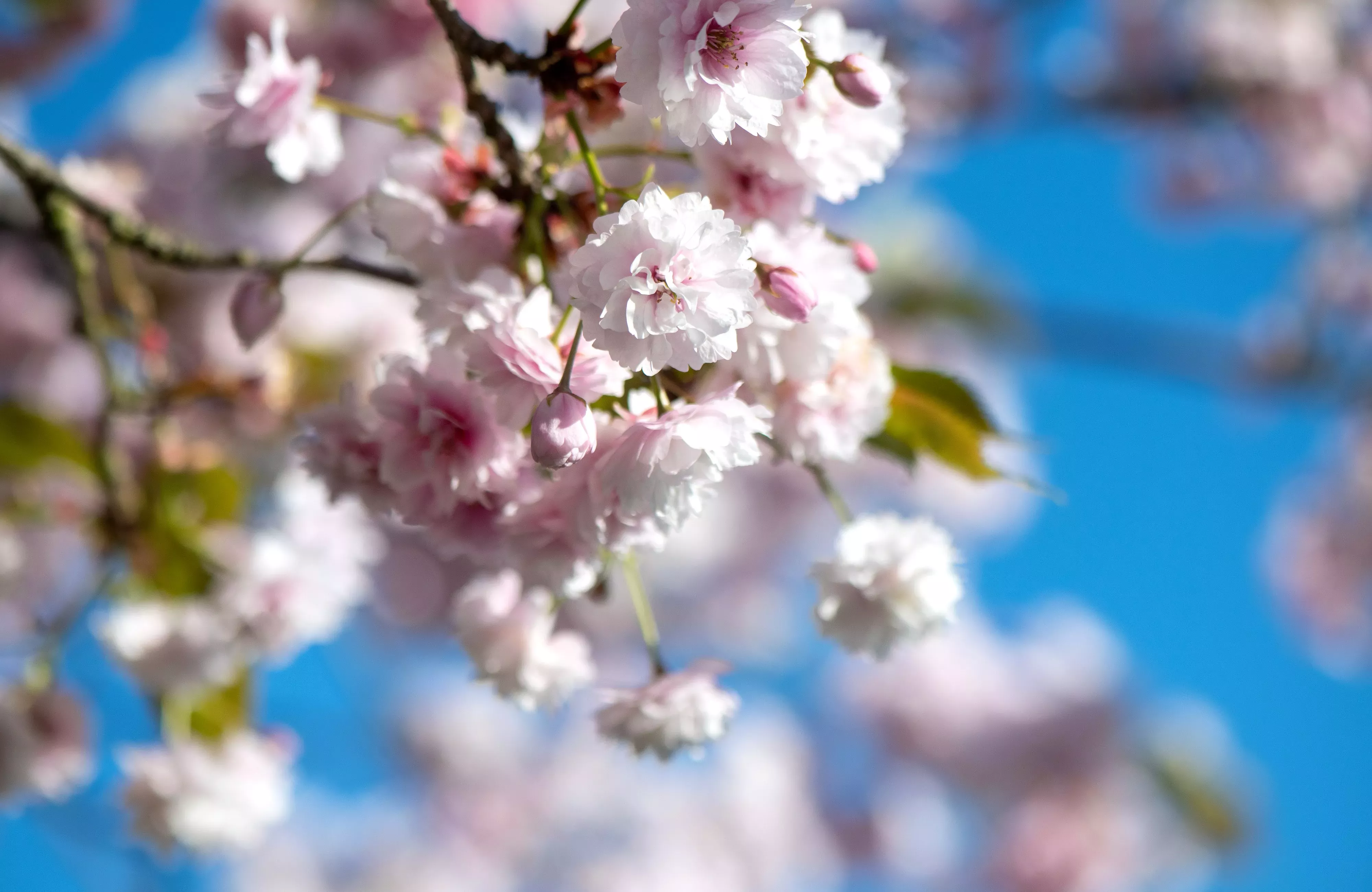
Wakehurst
Horticultural Highlights
Throughout late winter, the Winter Garden continues to sing on cold, grey days. Paths weave through bright red dogwood and swathes of tall grasses, as brightly coloured Cyclamen offer a pop of colour on the ground. Other sensory spots across the gardens include timeless winter fragrances in the Pinetum, the gentle sound of trickling water throughout the Water Gardens, and the 33ft high Canopy Walk, offering breathtaking views across the South Downs, as leafless branches open up new vistas. As March approaches, snowdrops and crocuses herald the start of a new season.

Events
Sloth Saver | February half-term, 10 – 18 February | All day
Join the first Nature Heroes mission of the new year, and discover how to protect the rainforest that sloths, and other wildlife call home. Hang out with sloths designed by artist Fernando Laposse and find out why being slow is a superpower, on a quest to earn a Sloth Saver badge.

Planet Wakehurst | All day | Free with entry
Experience the UK’s largest outdoor art installation, as the impressive Planet Wakehurst photomontage wraps the Mansion, which is undergoing restoration. The 1500m2 canvas, showcases the wealth of biodiversity at Wakehurst and will be up for all to enjoy. Experience a new view of the gardens on our Canopy Walk, 33ft up!
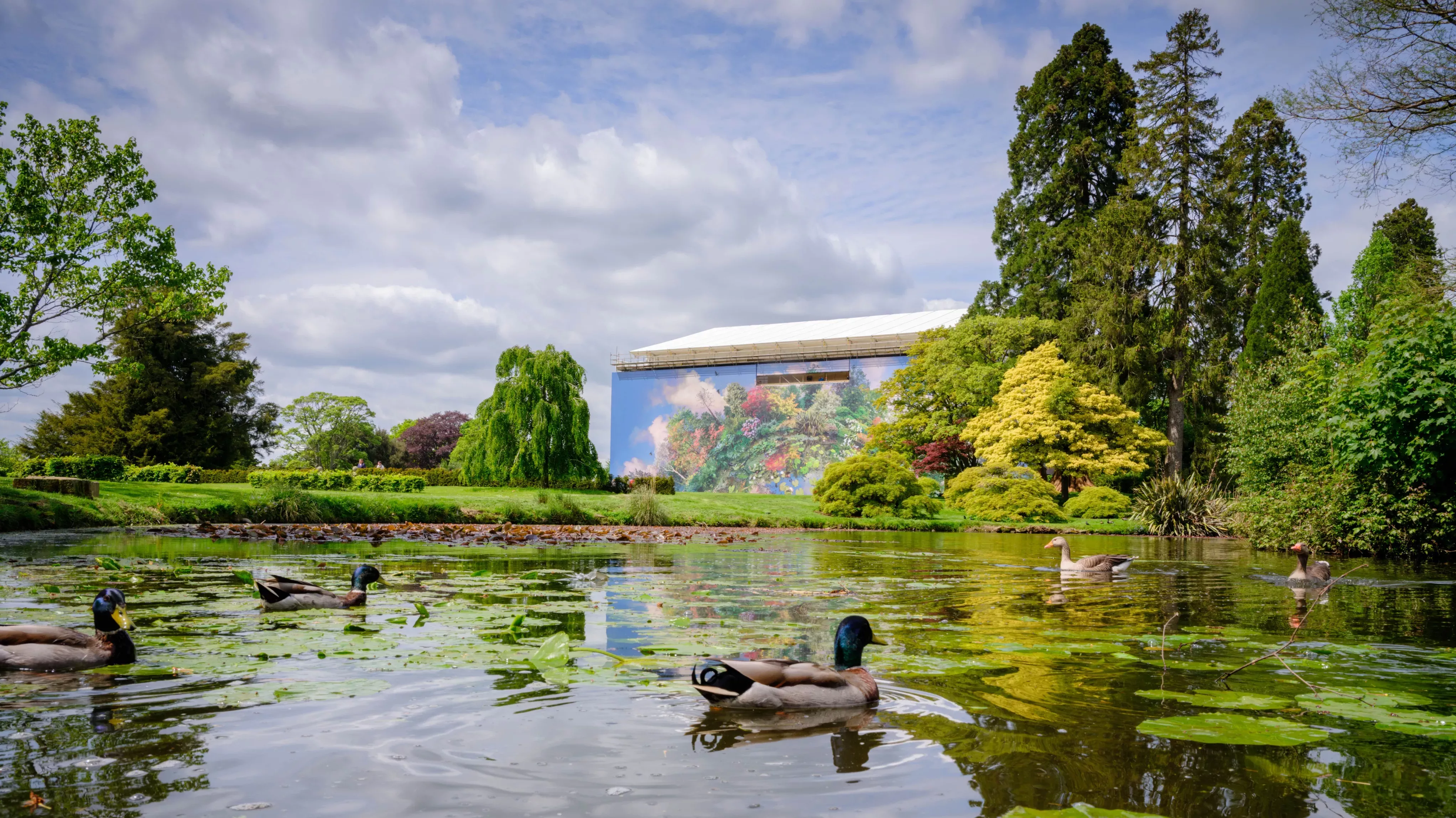
Exhibitions
Surviving or Thriving: An exhibition on plants and us | Daily, 10am – 3.30pm | Millennium Seed Bank | Included with entry
This exhibition brings Kew’s State of the World’s Plants reports to life, telling the story of why some plants are only surviving, while others are thriving. Through film, audio, models, and a futuristic garden, explore the challenges that plants face and discover the vital role of fungi.

ENDS
For more information, images, or to unsubscribe from our mailing list, please contact the Press Office at pr@kew.org.
Notes to Editors
About Royal Botanic Gardens, Kew
The Royal Botanic Gardens, Kew is a world-famous scientific organisation, internationally respected for its outstanding collections and scientific expertise in plant and fungal diversity, conservation, and sustainable development in the UK and around the globe. Kew’s scientists and partners lead the way in the fight against biodiversity loss and finding nature-based solutions to the climate crisis, aided by five key scientific priorities outlined in Kew’s Science Strategy 2021-2025. Kew Gardens is also a major international and top London visitor attraction. Kew’s 132 hectares of historic, landscaped gardens, and Wakehurst, Kew’s Wild Botanic Garden and ‘living laboratory’, attract over 2.5 million visits every year. Kew Gardens was made a UNESCO World Heritage Site in July 2003 and celebrated its 260th anniversary in 2019. Wakehurst is home to the Millennium Seed Bank, the largest wild plant seed bank in the world and a safeguard against the disastrous effects of climate change and biodiversity loss. RBG Kew received approximately one third of its funding from Government through the Department for the Environment, Food and Rural Affairs (Defra) and research councils. Further funding needs to support RBG Kew’s vital scientific and educational work comes from donors, memberships and commercial activity including ticket sales. For tickets, please visit www.kew.org/kew-gardens/visit-kew-gardens/tickets. In the first six months since implementing a new accessibility scheme for those in receipt of Universal Credit, Pension Credit and Legacy Benefits, Kew has welcomed over 45,000 visitors with £1 tickets.
About Wakehurst
Please note that Wakehurst is referred to just as Wakehurst, not Wakehurst Place. It is not a National Trust property.
Wakehurst, Kew’s wild botanic garden in Sussex is home to the Millennium Seed Bank and over 500 acres of the world’s plants including temperate woodlands, ornamental gardens and a nature reserve. It is situated in the High Weald of Sussex, an Area of Outstanding Natural Beauty, and focuses on wild plant collections. The Millennium Seed Bank houses and protects seed from the world’s most substantial and diverse collection of threatened and useful wild plants, making it the most biodiverse place on earth.
RBG Kew receives just under half of its funding from Government through the Department for the Environment, Food and Rural Affairs (Defra) and research councils. Further funding needed to support Kew’s vital work comes from donors, membership and commercial activity including ticket sales.
In March 2021, RBG Kew launched its 10-year strategy Our Manifesto for Change 2021. The institution’s ultimate goal is step up to help to end the extinction crisis and contribute to creating a world where nature is protected, valued by all and managed sustainably. In the wake of a global pandemic, and with the future of the planet in peril, the strategy represents a public commitment by RBG Kew to do everything in its power to reverse the environmental devastation of biodiversity loss and climate change. The five key priorities are 1) Delivering science-based knowledge and solutions to protect biodiversity and use natural resources sustainably 2) Inspiring people to protect the natural world 3) Training the next generation of experts: 4) Extending our reach 5) Influencing national and international opinion and policy.
On May 25 2021 RBG Kew launched its new Sustainability Strategy – committing to become Climate Positive by 2030 and marking a step-change in our urgent action to tackle the climate and biodiversity crisis.